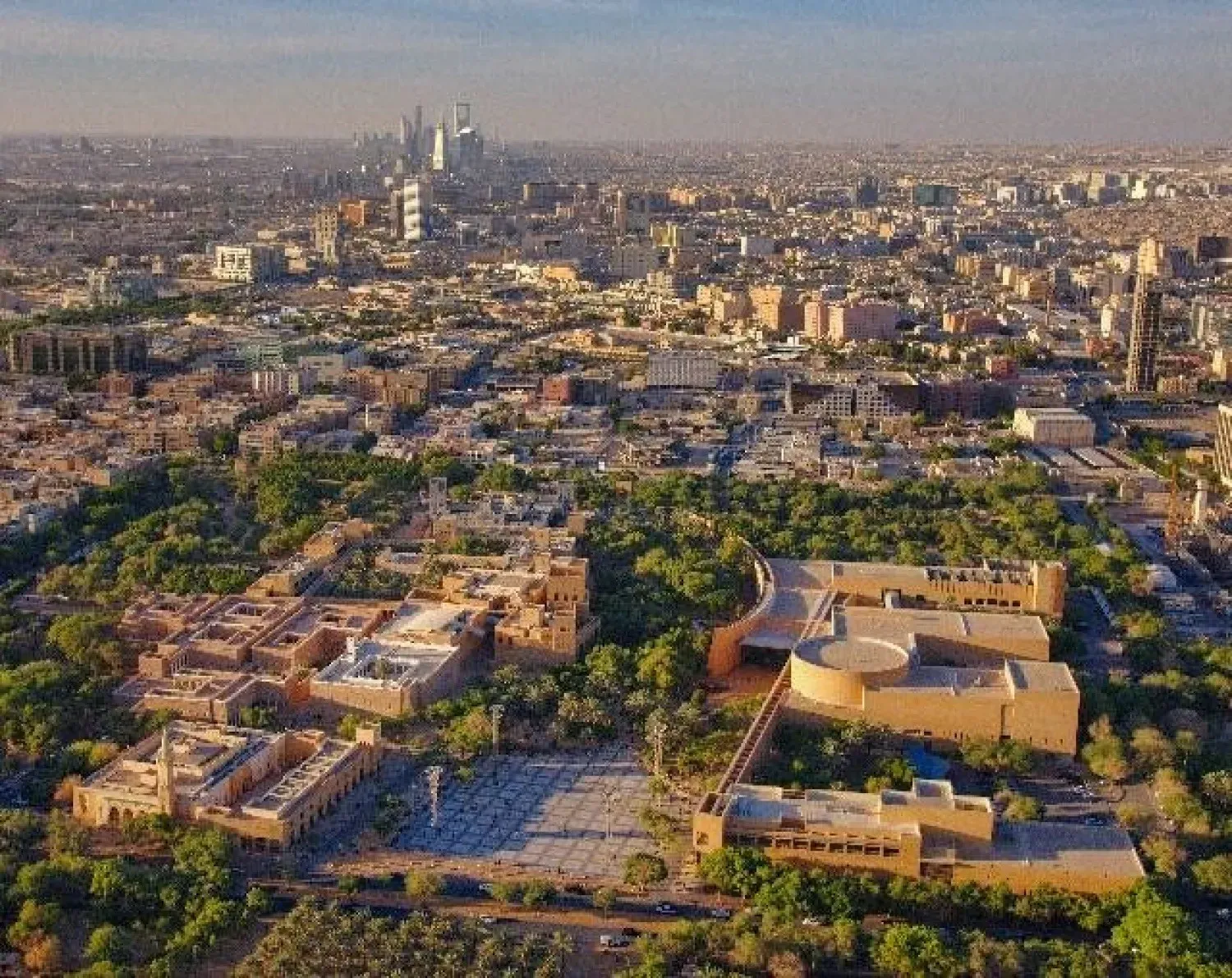Saudi Arabian Mining Company (Ma’aden) said on Thursday it had discovered multiple gold deposits south of its existing Mansourah Massarah gold mine, indicating the potential to expand gold mining in the area.
Ma’aden said in a statement that the finds, along a 100 kilometer (62-mile) strip, were the first from an exploration program launched in 2022.
Samples taken indicated the presence of high-grade gold deposits of 10.4 grams per ton (g/t) gold and 20.6 g/t gold in two random drilling sites 400 meters from and under Mansourah Massarah, meaning a high density of gold was found in the ore tested from those locations.
In light of these results, Ma’aden planned an "aggressive escalation of planned drilling activities" in 2024 around Mansourah Massarah, according to company documents.
Maaden CEO Robert Wilt said: “Last year, Ma’aden embarked on one of the largest exploration programs in the world. These discoveries are a significant demonstration of the untapped potential of mineral resources in Saudi Arabia, supporting the diversification of the country in line with Vision 2030 and establishing mining as the third pillar of the Saudi economy.”
“These discoveries have the potential to be the center of the world’s next gold rush and are a strong part of our growth strategy,” he added, according to the statement.
“The Arabian Shield has enormous potential for more world class discoveries, and this is the first of many we expect to make in the coming years. As Saudi Arabia’s largest mining company, we are at the forefront of development for the sector in the Kingdom and we will continue to support the growth and evolution of the sector,” he continued.
Mansourah Massarah had gold resources of almost seven million ounces at year-end 2023 and nameplate production capacity of 250,000 ounces a year, according to the statement.
Ma’aden is 67% owned by the Public Investment Fund (PIF), the kingdom's $700 billion sovereign wealth fund, and the largest miner in the Gulf. In January 2023, it announced Manara Minerals, a joint venture with PIF to invest in mining assets abroad.
Its expansion is part of larger push to wean Saudi Arabia off of oil dependency under the Vision 2030.
Experts told Asharq Al-Awsat that the new discovery is attractive to foreign companies that are seeking to directly enter the Saudi market or form coalitions with their local counterparts to exploit the huge mineral wealth in the Kingdom.
Experts believe Saudi Arabia is witnessing rapid efforts to develop the mining sector. It has set new stimulating regulations and guidelines for the sector to facilitate the entry of companies.
The mineral wealth is estimated to be worth around 5 trillion riyals (USD1.3 trillion).
Ibrahim Nazer, Head of the Federation of Saudi Chambers' National Mining Committee, told Asharq Al-Awsat that the latest discovery consolidates Saudi Arabia’s positions as a global source for natural mineral resources.
He added that the Arabian Shield, which covers an area of 630,000 kms, boasts numerous precious metals, such as gold and silver, base metals, such as copper, zinc, lead, iron, chrome, molybdenum, manganese, nickel, titanium, and rare earth elements. He said this wealth is estimated to be worth around USD1.3 trillion.
Economic expert Abdulrahman al-Jubeiri told Asharq Al-Awsat that the latest discovery will reflect positively on the Kingdom's GDP.
The Kingdom has set a mining strategy with the aim to diversify the economy so that the sector can become the third pillar of the national industry, he added.
Saudi Arabia has started developing the sector to attract all interested companies, he went on to say.
He also stressed the importance of the discovery of gold resources, which will attract foreign companies to the Saudi market.









